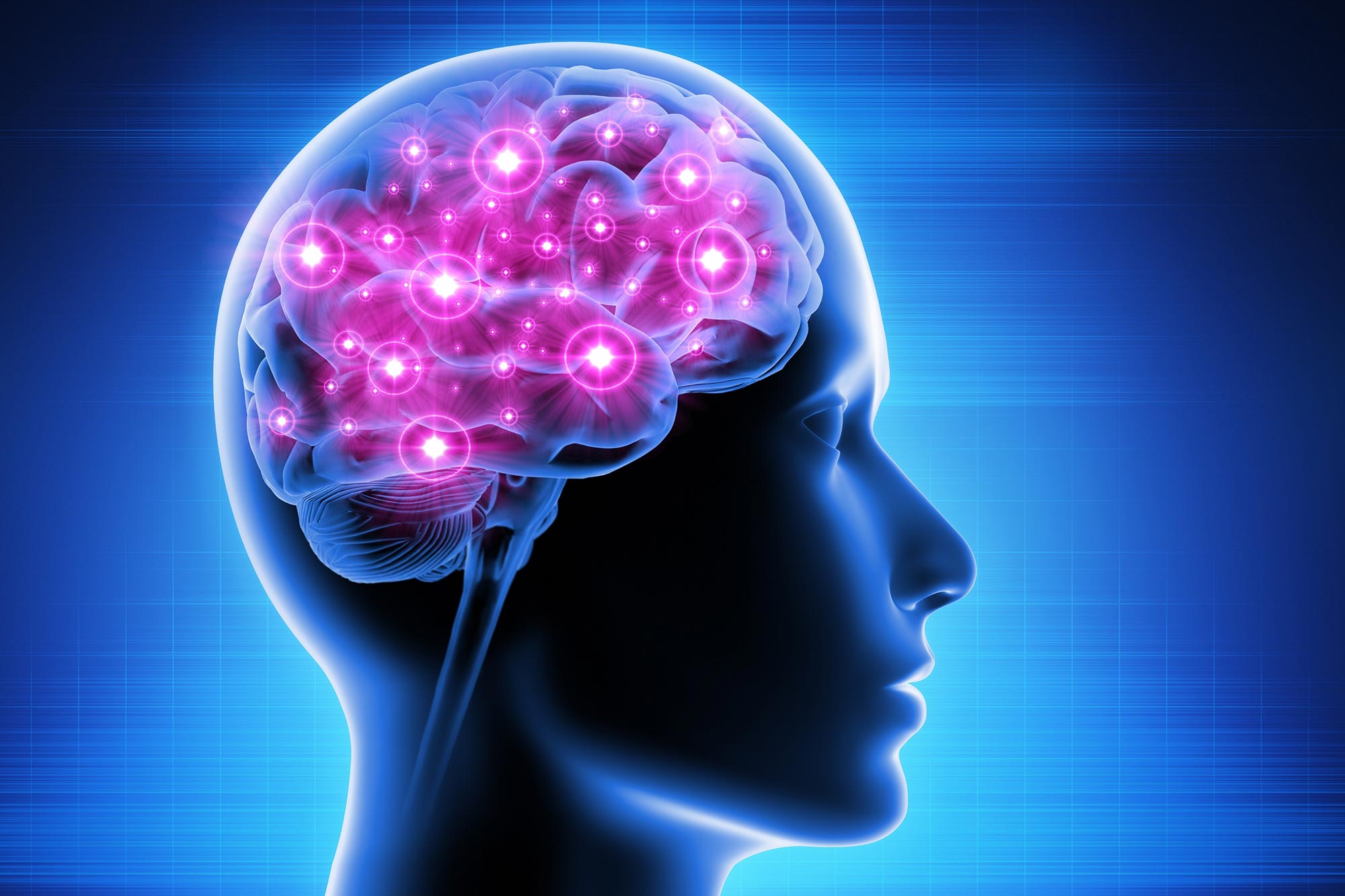Dartmouth researchers have introduced a new brain template, “OpenNeuro Average” (onavg), enhancing the accuracy and efficiency of neuroimaging data analysis. This development promises to significantly impact cognitive and clinical neuroscience research, facilitating studies on brain functions and disorders.
The updated cortical surface template enhances the mapping of brain activity.
The human brain plays a vital role in managing essential functions such as perception, memory, language, cognition, consciousness, and emotions.
To understand how the brain works, scientists often use neuroimaging to record participants’ brain activity when the brain is performing a task or at rest. Brain functions are systematically organized on the cerebral cortex, the outer layer of the human brain. Researchers often use what is called a “cortical surface model” to analyze neuroimaging data and study the functional organization of the human brain.
Each brain has a different shape. To analyze neuroimaging data of multiple individuals, researchers need to register the data using the same brain template, which enables the identification of the same anatomical location on different brains, even though brains have different shapes. These locations are known as “vertices.”
Over the past 25 years, there have been several iterations of such templates, and the most commonly used cortical surface templates today are based on data collected from 40 brains.
Introduction of the “OpenNeuro Average”
Now, Dartmouth researchers have created a new cortical surface template called “OpenNeuro Average,” or “onavg” for short, which provides greater DOI: 10.1038/s41592-024-02346-y





















Discussion about this post